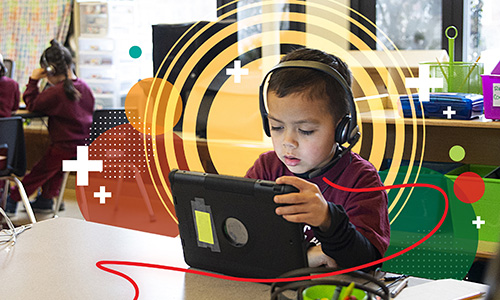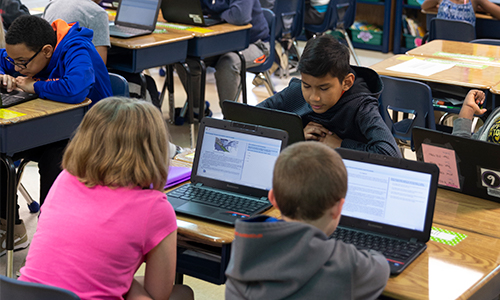Journal article
Increasing parental involvement of English language learner families: What the research says
2015
Journal of Children and Poverty, 21(2), 129– 134.

Abstract
The nearly 10 million English Language Learners (ELLs) represent the fastest-growing segment of the US’s public school student population. While research continually finds that ELL parents, generally speaking, place a high value on their children’s education, many immigrant, refugee, and ELL parents experience their relationships with their children’s schools very differently from mainstream English-speaking families. Schools often struggle to meet the unique instructional and linguistic needs of these students, and communities with large ELL populations face the additional challenge of communicating with parents, who may have limited fluency in English and comparatively low levels of literacy in their native languages [Arias, M. B., and M. Morillo-Campbell. 2008. Promoting ELL Parental Involvement: Challenges in Contested Times. Education Policy Research Unit. http://epsl.asu.edu/epru/documents/EPSL-0801-250-EPRU.pdf.]. Additionally, immigrant and ELL parents may have had negative experiences with educational institutions or less exposure to formal schooling. Thus, for schools to increase parental involvement most effectively, both traditional and nontraditional approaches to family engagement must be implemented within practices that are culturally and linguistically appropriate. This article provides an overview of the barriers that limit ELL parental involvement, recommends strategies that promote family engagement, and concludes with a case study of one public school district’s successful outreach efforts.
See MoreThis article was published outside of NWEA. The full text can be found at the link above.







